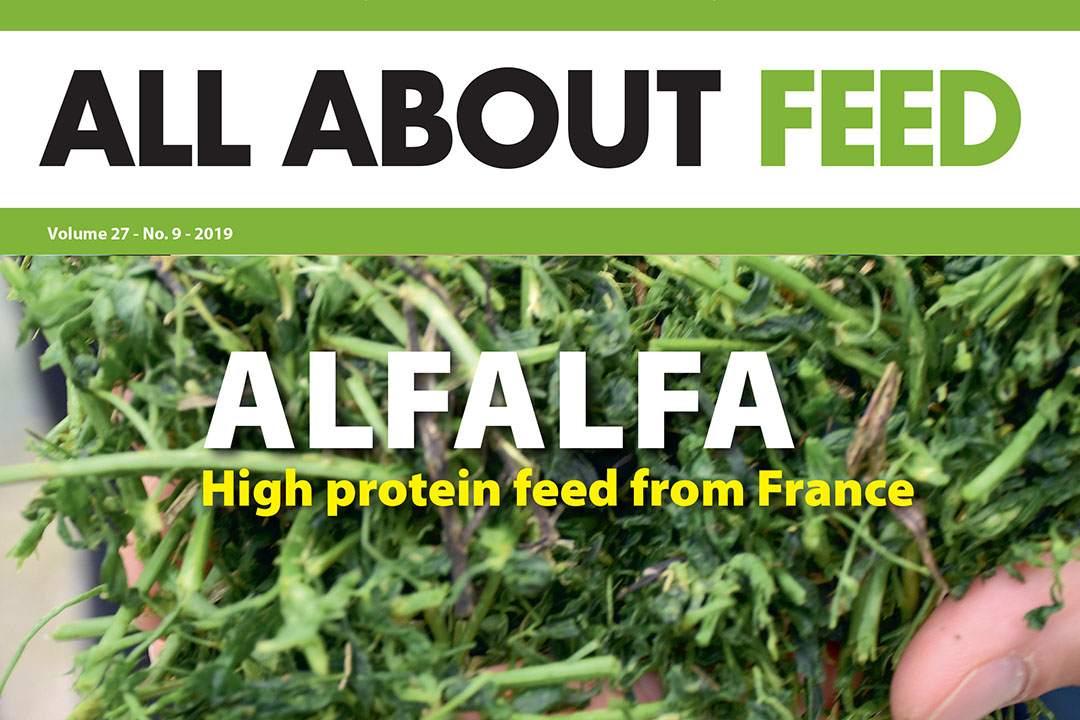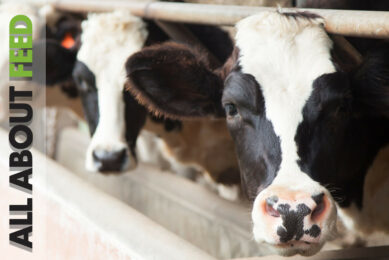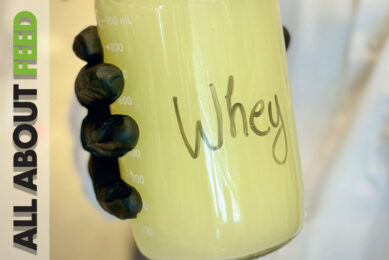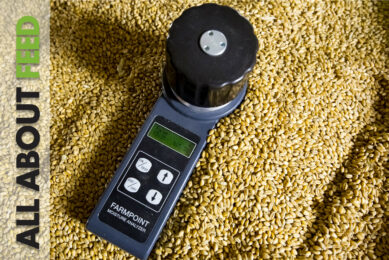9th edition of All About Feed now online

In our 9th edition of All About Feed we consider the use of alfalfa as a feed ingredient for cattle due to its high protein content. We visit a processing plant in France where alfalfa is harvested and dried, and we take a look at polyphenols used as feed additives. This edition also delves into new ways of viewing and characterising fibre and we ask how it can help us construct improved diets.
Growing alfalfa in France as a high protein forage
Thanks to its high protein content – 2,400kgs of protein per hectare – livestock farmers worldwide are benefiting from using alfalfa for cattle feed. In a good year up to 4 cuts of alfalfa can be taken annually with a yield of 14 tonnes per hectare. France is one of the major producers of alfalfa and exports the crop after drying it. All About Feed looks at one of the processing and drying plants east of Paris, which is owned by the Luzeal Co-op Group. The full article can be read on page 22.
Natural extracts used as feed additives
Many new feed additives have appeared since the regulatory removal of antibiotic growth promoters in Europe. One of the most important segments of newer additives in animal nutrition are plant extracts, being essential oils as well as non-aromatic plant extracts. These ingredients are used together due to claims that their association may have synergistic effects. Read the full article on page 12 of this edition of All About Feed as we focus on polyphenols.

Deciphering the dietary fibre message
Dietary fibres can be beneficial or detrimental. When dietary fibres are poorly fermented, they promote laxation, epithelial cell regeneration, and favourable stool quality. When dietary fibres are rapidly fermented, they provide nourishment for the intestinal bacteria and thereby promote animal health. In contrast, excessive fermentable dietary fibre can result in intestinal disorders. This article, which you will find on page 19, explores fibre and how it can help us construct improved diets.

Also in this edition:
- Why cooperative Lar wants to stay ‘clean’
- 5 names to remember in the feed industry
- Looking back at the 11th edition of the World Mycotoxin Forum
- Responses to cold stress
- Greek beef fattener favours the Romanian Blue
- Night feeding increases fat deposition in pigs
To access the magazine section, where you will find this edition of All About Feed as well as other magazines from specialists in the agriculture industry, simply register for free.











